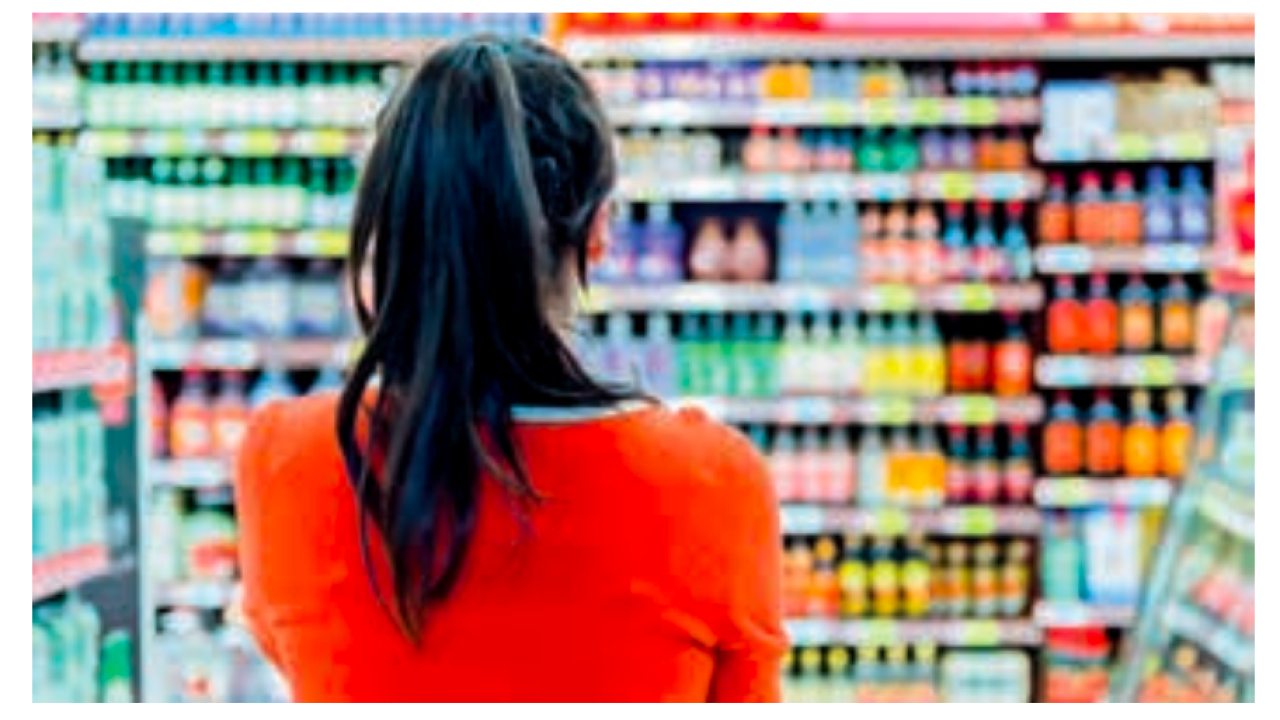UVFoodSafe sets future agenda

It was agreed to set up technology-based working groups – inks, presses, curing systems, materials – to help define which material types are ‘at risk’ in terms of migration, and how working procedures and new technology can be adapted to help converters meet these challenges when working with flexible packaging and indirect food contact labels.
The groups will meet again in June to decide a common position.
It was acknowledged that there will always be converters printing food-contact materials looking to cut corners or unaware of how to optimize their UV systems – and also that occasionally, even when following best practice, human error could still allow non-compliant print to reach the market.
These factors convinced the group that it will not issue any legally enforceable ‘certificate of compliance’ to converters following its guidelines.
But the UVFoodSafe group did agree that it could have an important role in issuing standards of best practice which converters can implement as part of a GMP regime.
Safety rules
Bobst technology director Federico d’Annunzio said it should be possible to develop intelligent and integrated press, curing and inspection systems which would automatically implement safety procedures.
‘It would feature redundant sensors and the machine would automatically stop itself if the correct measure of UV dose is not reaching the web. So this is just like the airplane industry, where there are safely rules which everybody follows.’
d’Annunzio said the group ‘needs to commit to an environment where we commit to measurement – otherwise the food industry will say “it’s nice but I’m not sure the converters are doing it.” It has to be measured.’
Sun Chemical’s Jonathan Sexton warned against relying too much on in-line dose measurement systems. ‘It is not so simple to measure the cross-linking of inks of different densities on-line. This needs specialist (laboratory) equipment.’
Nilpeter’s international marketing manager Jakob Landberg agreed: ‘You can measure the intensity of UV but not how much energy goes into the substrate.’
Flint Group’s Marc Heylen supported this statement: ‘I agree we need to increase confidence in UV curing, but it will be difficult because of the wide operational window for printing inks. We will need to control for all variables including ink weight.’
Roland Ingendoh pointed out that it does not help process control when final migration approval arrives such a long time after the job has been printed. It can take up to eight weeks for a migration test to be completed.
Marcus Greenbrook of GEW then suggested that rather than print then conduct the migration test, the migration test results should provide validation for the correct press set-up. ‘You’d do a migration test, and then set the UV dose level on the press (for all jobs using that material). So long as you are above that curing level you can carry on printing. Once we have printed and tested and approved then we can give a stamp for the correct press conditions.’
Federico d’Annunzio suggested that extended gamut printing significantly decreases variables at the press. ‘Putting RFID on the anilox rolls is another possibility. We have to think in terms of what technology can make the process feasible. So RFID talks to the press, then the press has to go to a certain level of power, and if not, the press stops. This is just a question of adapting (existing) technology – but you would need agreement between the press manufacturers and ink suppliers.’
Roland Ingendoh from Siegwerk argued it would take a huge effort by converters to add RFID to their anilox roll inventory. ‘And at the end of the day will brand owners pay for that?’
Thomas Efsen of Efsen UV+EB Technology talked about his company’s experience of measuring and controlling UV dose in the wood laminate industry, where Ikea is now demanding that its sub-producers introduce 24/7 process control. ‘They realized that you cannot certify a process just once. They say you have to control it every day, and they push us to have on-line process control. We are now measuring UV dose every day, and if it measures under the limit they have to re-print it.’
Jonathon Sexton said Sun Chemical is now starting to get enquires directly from brand owners about food compliance. ‘And this is only going in one direction – towards more inspection and audits.’
Stay up to date
Subscribe to the free Label News newsletter and receive the latest content every week. We'll never share your email address.


